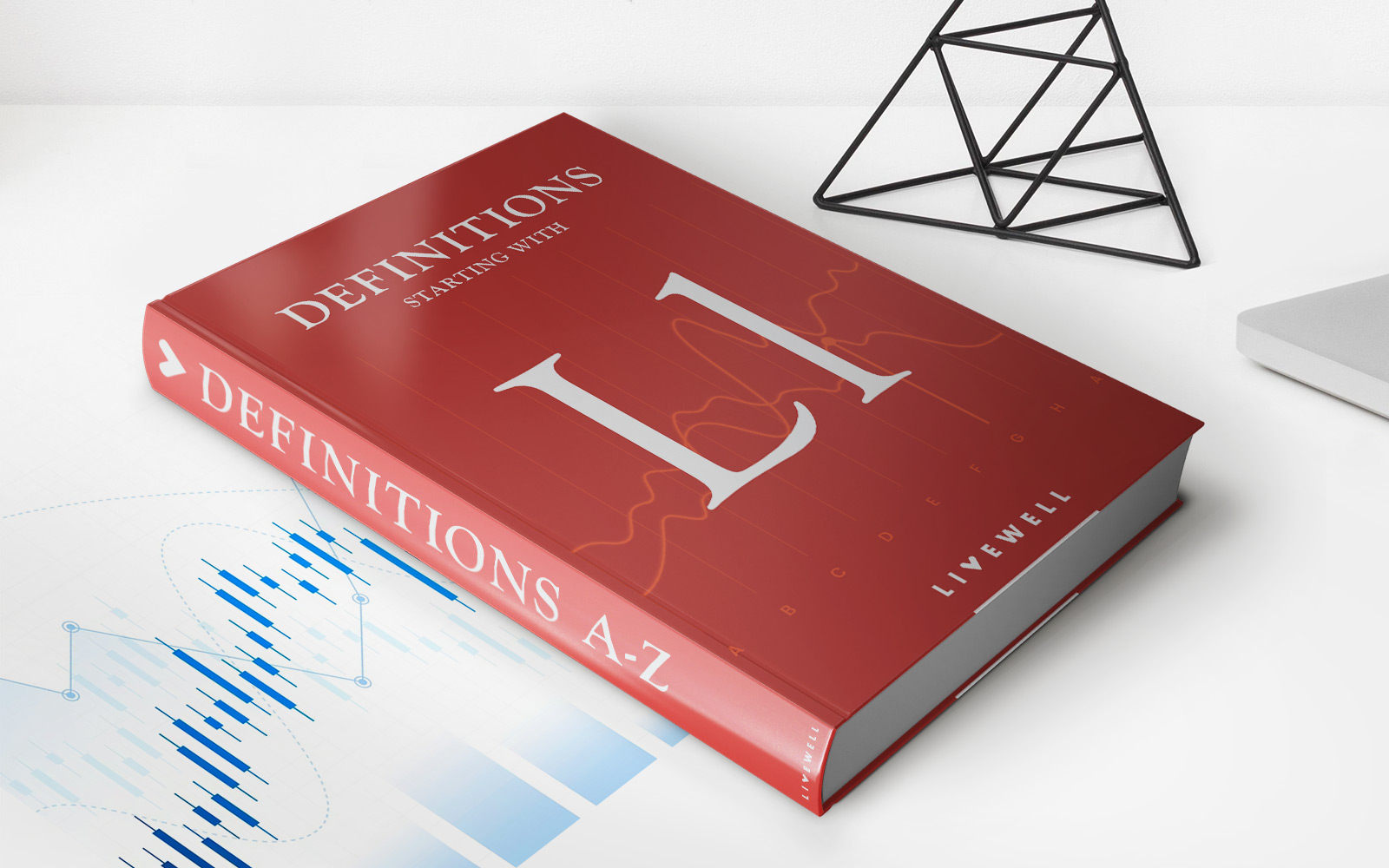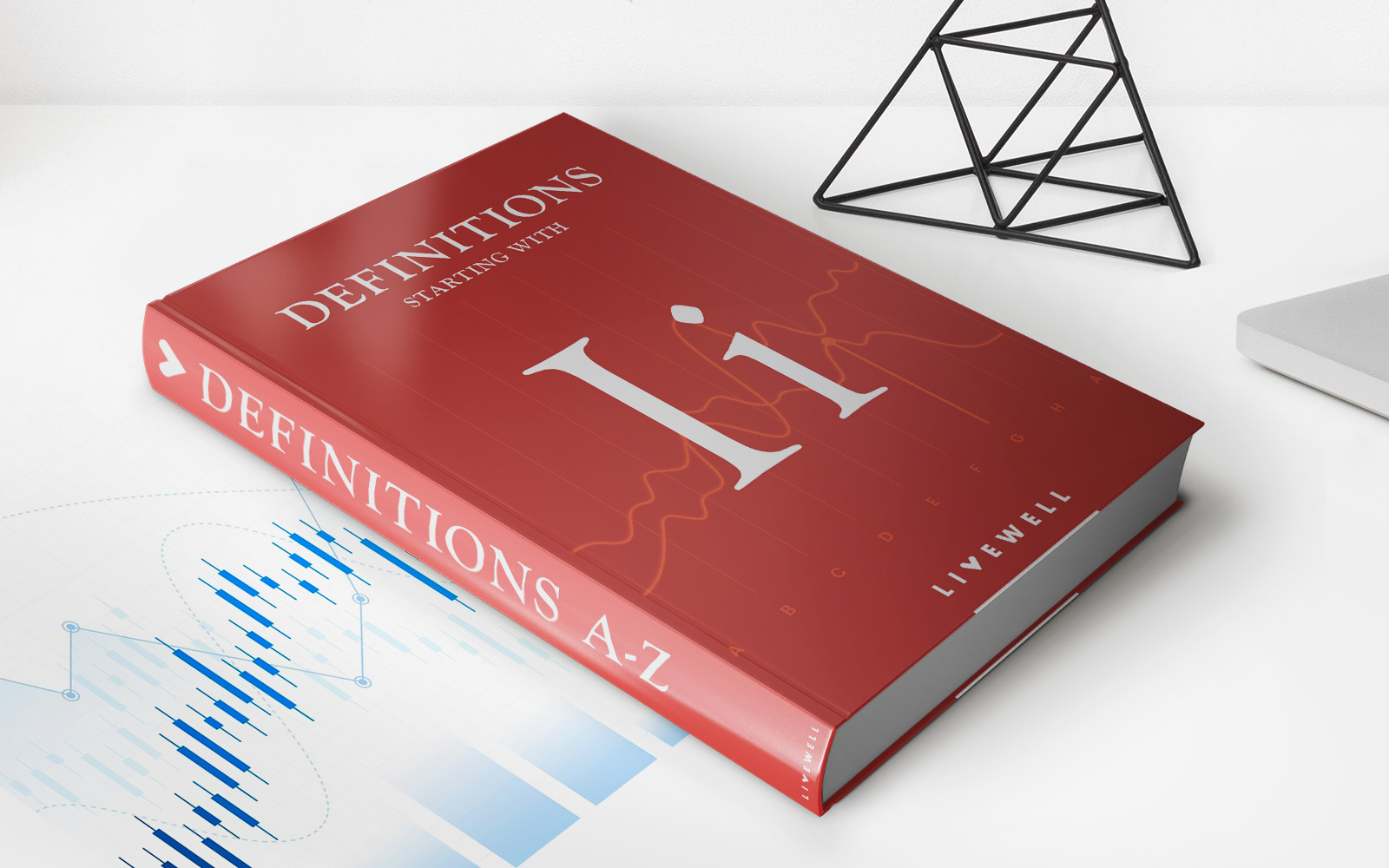Home>Finance>What A Minimum Payment On A Credit Card Calculator


Finance
What A Minimum Payment On A Credit Card Calculator
Published: February 26, 2024
Use our finance calculator to determine the minimum payment on your credit card. Easily manage your finances and stay on top of your credit card payments.
(Many of the links in this article redirect to a specific reviewed product. Your purchase of these products through affiliate links helps to generate commission for LiveWell, at no extra cost. Learn more)
Table of Contents
Introduction
Credit cards have become an indispensable part of modern financial transactions, offering convenience and flexibility in managing expenses. However, the convenience of credit cards comes with the responsibility of making timely payments to avoid accruing substantial interest charges. Understanding the concept of minimum payments on credit cards is crucial for maintaining healthy financial habits and avoiding potential debt traps.
When it comes to credit card debt, the minimum payment is the smallest amount that a cardholder must pay by the due date to keep the account in good standing. While making the minimum payment may seem like a manageable option, it's essential to comprehend the long-term financial implications and the potential cost of carrying a balance.
In this article, we will delve into the significance of using a minimum payment calculator to gain insights into the impact of making minimum payments, and how it can help individuals make informed decisions regarding their credit card debt. Understanding the nuances of minimum payments and their repercussions is vital for financial well-being, and a minimum payment calculator serves as a valuable tool in this regard.
Understanding Minimum Payments
Minimum payments on credit cards are typically calculated as a percentage of the outstanding balance, subject to a minimum amount. This minimum amount is set by the credit card issuer and is often a small percentage of the total balance, usually around 1-3%. While the minimum payment provides a temporary reprieve by allowing cardholders to maintain their accounts in good standing without incurring late fees, it is important to recognize that this approach can lead to long-term financial challenges.
One of the critical aspects to understand about minimum payments is the impact on interest accrual. When a cardholder makes only the minimum payment, the remaining balance carries over to the next billing cycle, accruing interest at the card’s annual percentage rate (APR). This means that the overall debt continues to grow, potentially leading to a cycle of increasing interest charges and a prolonged repayment period.
Furthermore, consistently making minimum payments can result in paying significantly more in interest over time, ultimately prolonging the repayment and increasing the total cost of the debt. It’s essential for individuals to grasp the implications of minimum payments on their financial well-being, as it directly influences their debt management strategies and overall fiscal health.
By gaining a comprehensive understanding of minimum payments and their ramifications, individuals can make informed decisions about their credit card usage and repayment plans. This knowledge empowers them to take proactive steps in managing their finances effectively, thereby avoiding the pitfalls of accumulating excessive debt and high-interest charges.
Importance of Using a Minimum Payment Calculator
The importance of utilizing a minimum payment calculator cannot be overstated, as it serves as a valuable tool for individuals to gain clarity on their credit card debt and its associated costs. By leveraging a minimum payment calculator, individuals can assess the long-term implications of making minimum payments, enabling them to make informed and strategic financial decisions.
One of the primary reasons for using a minimum payment calculator is to comprehend the true cost of carrying a balance and making minimum payments over an extended period. This tool provides insights into the projected timeline for debt repayment and the total interest accrued, offering a realistic perspective on the financial impact of different payment scenarios.
Moreover, a minimum payment calculator facilitates a deeper understanding of how varying payment amounts can expedite debt repayment and reduce overall interest costs. By inputting different payment values into the calculator, individuals can visualize the potential savings and the accelerated timeline for becoming debt-free, motivating them to prioritize higher payments and take proactive steps towards financial freedom.
Additionally, the calculator can highlight the potential pitfalls of solely relying on minimum payments, shedding light on the prolonged repayment period and the substantial interest payments incurred as a result. This awareness empowers individuals to reassess their payment strategies and consider alternatives that align with their financial goals, such as increasing monthly payments or exploring debt consolidation options.
Ultimately, the use of a minimum payment calculator fosters financial literacy and responsible debt management, equipping individuals with the knowledge to make informed choices regarding their credit card debt. By gaining a holistic view of their repayment options and the associated costs, individuals can navigate their financial obligations with greater confidence and take proactive measures to mitigate the long-term impact of carrying a balance and making minimum payments.
How to Use a Minimum Payment Calculator
Using a minimum payment calculator is a straightforward process that can provide valuable insights into one’s credit card debt and repayment strategies. To leverage this tool effectively, individuals can follow a few simple steps to gain a comprehensive understanding of their financial obligations and the implications of making minimum payments.
First and foremost, individuals need to gather essential information to input into the minimum payment calculator. This includes the outstanding balance on their credit card, the annual percentage rate (APR) charged by the card issuer, and the minimum payment percentage or amount specified by the credit card terms. By accurately entering these details into the calculator, individuals can generate precise projections regarding their debt repayment.
Once the necessary information is assembled, individuals can input the data into the designated fields within the minimum payment calculator. This typically involves entering the outstanding balance, APR, and minimum payment details, allowing the calculator to compute the projected timeline for debt repayment and the total interest accrued based on different payment scenarios.
After inputting the relevant data, individuals can explore varying payment amounts to assess their impact on the repayment timeline and overall interest costs. By adjusting the payment values within the calculator, individuals can visualize the potential savings and the expedited path to becoming debt-free, thereby gaining clarity on the benefits of prioritizing higher payments over minimum amounts.
Furthermore, individuals can utilize the calculator to compare different repayment strategies, such as making fixed payments above the minimum or allocating additional funds towards debt reduction. This comparative analysis empowers individuals to make informed decisions about their repayment approach, taking into account the potential savings and the accelerated timeline for achieving financial freedom.
By following these steps and leveraging the capabilities of a minimum payment calculator, individuals can gain valuable insights into their credit card debt and make informed decisions regarding their repayment strategy. This tool serves as a powerful resource for fostering financial awareness and empowering individuals to take proactive steps towards responsible debt management.
Benefits of Using a Minimum Payment Calculator
Utilizing a minimum payment calculator offers a myriad of benefits that can significantly impact an individual’s approach to managing credit card debt. By leveraging this tool, individuals can gain valuable insights and make informed decisions that align with their financial goals, ultimately fostering responsible debt management and long-term financial well-being.
One of the primary benefits of using a minimum payment calculator is the ability to gain clarity on the long-term cost of carrying a balance and making minimum payments. By inputting essential details such as the outstanding balance, annual percentage rate (APR), and minimum payment requirements, individuals can obtain projections of the projected timeline for debt repayment and the total interest accrued. This comprehensive view enables them to understand the financial implications of different payment scenarios and motivates them to prioritize higher payments to expedite debt repayment.
Furthermore, the calculator facilitates informed decision-making by allowing individuals to compare various repayment strategies and their respective outcomes. By exploring different payment amounts and approaches, individuals can assess the potential savings and the accelerated timeline for becoming debt-free, empowering them to make strategic choices that align with their financial objectives.
Moreover, utilizing a minimum payment calculator encourages financial literacy and responsible debt management. By gaining insights into the impact of making minimum payments, individuals can develop a deeper understanding of the consequences of carrying a balance over time, thereby fostering informed decision-making and proactive measures to mitigate the long-term costs of credit card debt.
Additionally, the calculator serves as a valuable tool for fostering motivation and accountability in debt repayment. By visualizing the potential savings and accelerated timeline for debt freedom through higher payments, individuals are inspired to prioritize debt reduction and take proactive steps towards achieving financial freedom. This motivational aspect can significantly influence individuals’ repayment behaviors, leading to more disciplined and effective debt management strategies.
In essence, the benefits of using a minimum payment calculator extend beyond mere calculations; they encompass the empowerment of individuals to make informed decisions, prioritize responsible debt management, and take proactive steps towards achieving financial stability. By leveraging this tool, individuals can navigate their credit card debt with confidence and clarity, ultimately paving the way for a healthier financial future.
Conclusion
In conclusion, the concept of minimum payments on credit cards holds significant implications for individuals’ financial well-being, and the use of a minimum payment calculator emerges as a vital resource for informed decision-making and responsible debt management. By understanding the nuances of minimum payments and their long-term impact, individuals can navigate their credit card debt with clarity and develop effective strategies for debt repayment.
Through the utilization of a minimum payment calculator, individuals can gain valuable insights into the projected timeline for debt repayment, the total interest accrued, and the potential savings associated with prioritizing higher payments. This tool serves as a catalyst for informed decision-making, empowering individuals to compare different repayment scenarios and align their strategies with their financial goals.
Moreover, the use of a minimum payment calculator fosters financial literacy and accountability, encouraging individuals to take proactive steps towards mitigating the long-term costs of credit card debt. By visualizing the implications of making minimum payments and the benefits of prioritizing higher payments, individuals are motivated to adopt disciplined debt management practices, ultimately paving the way for improved financial stability.
Ultimately, the significance of utilizing a minimum payment calculator lies in its ability to equip individuals with the knowledge and insights necessary to make informed decisions about their credit card debt. By leveraging this tool, individuals can navigate the complexities of debt repayment with confidence, prioritize responsible financial behaviors, and work towards achieving long-term financial freedom.
As individuals embrace the transparency and empowerment offered by a minimum payment calculator, they are poised to make meaningful strides towards reducing their credit card debt, minimizing interest costs, and cultivating a healthier financial future. Through informed decision-making and proactive debt management, individuals can embark on a journey towards financial stability and lay the groundwork for lasting fiscal well-being.














